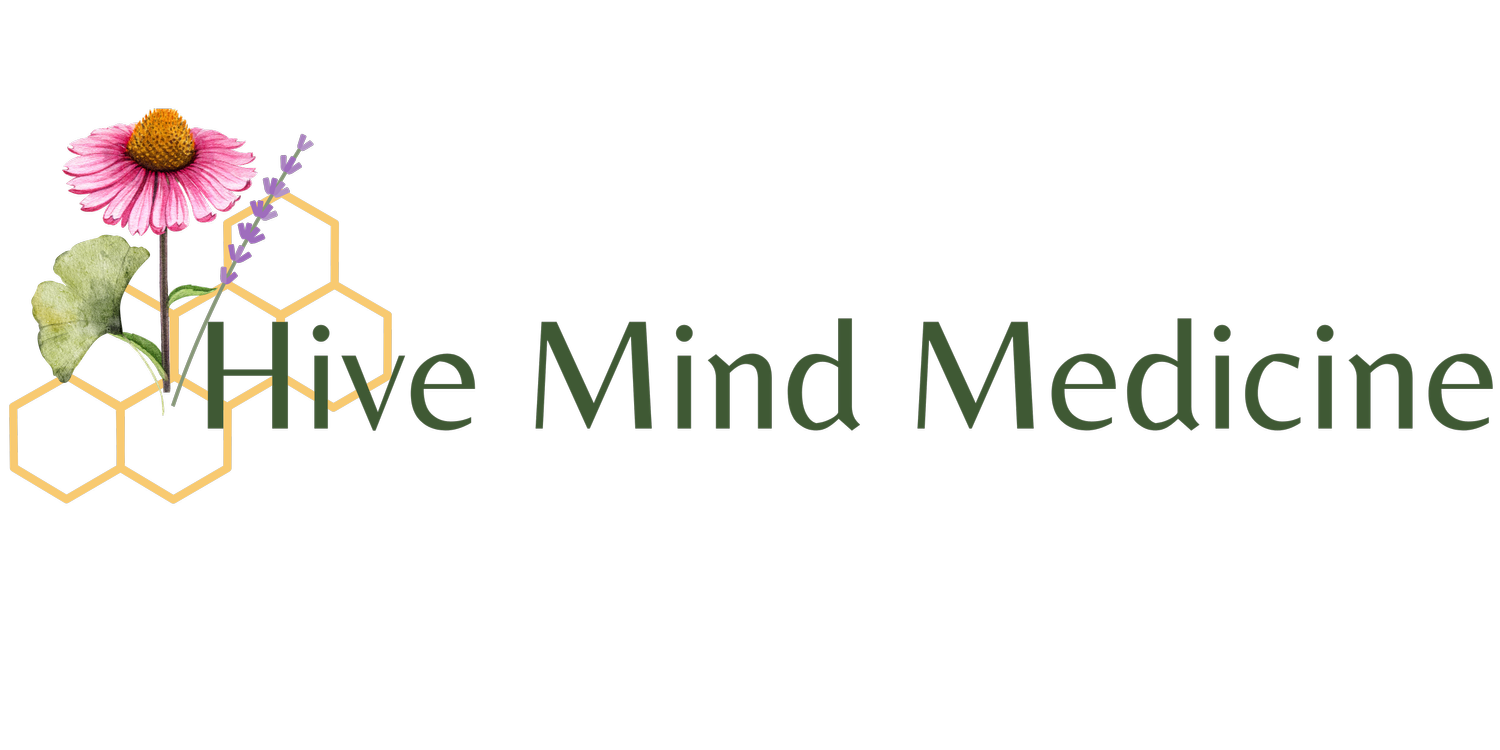Vagus Nerve: "the internet of the body"
by Steven Sandberg-Lewis, ND, DHANP
The nervous system is highly organized and elegant. The brain and spinal cord make up the central nervous system (CNS). Nerves branching off from the spinal cord become the peripheral nerves which control activity and sensation throughout the body. Within the CNS are twelve nerves called the cranial nerves. These originate in the brain and extend through openings in the skull (called foramina) to control various body structures. All but the tenth of these twelve control muscles and sensation in the face and neck.
The vagus or tenth cranial nerve is in charge of all the major body organs. Professor Owen Epstein at the Royal Free Hospital in Hampstead, England has called this nerve “the internet of the brain”. The word vagus is Latin for wanderer. This cranial nerve extends beyond the head and neck to all the major chest (thoracic) and abdominal organs. These include lungs, heart, digestive tract – esophagus through large intestine – spleen, liver, gall bladder, pancreas, and kidneys. It controls many of the muscles that are involved in swallowing and vocalization. The vagus is crucial in the proper function of these organs, including pain regulation, digestion, heart rate, immunity, and stress responses. It is the major source of parasympathetic nerves which are described as the “rest, digest and recover” portion of the nervous system.
The vagus lets the brain know what is happening in these organs in order to keep them working properly. If this nerve is malfunctioning, the information it sends to the brain may be incorrect. In this situation, systems such as the digestive tract may cause maladies even though there is no problem in the organs of the GI tract itself. Dr. Epstein gives examples of conditions such as irritable bowel syndrome, migraine headache, fibromyalgia, and functional heart arrhythmias as being caused in part by vagus nerve problems.
How I test vagus nerve function in the office or on zoom visits:
Two of the structures controlled by the vagus are the left and right levator palatini muscles located above the soft palate in the roof of the mouth. These small muscles tighten the soft palate and prevent food from entering the nose during swallowing.
Because the vagus nerve controls the movement of the palate, I have a patient open their mouth, stick out their tongue and observe the arches of the soft palate for symmetry. Next the patient says “ahh” in a low pitch repeatedly and I observe the palatal arches rise. A balanced, brisk rise of the two arches without deviation of the uvula to the right or left is the optimal response. Asymmetrical rise (one side rises and the other does not), a sluggish rise or movement of the uvula to one side while saying “ahh” may indicate a less than optimal vagal nerve function.
Treatments that may improve vagal function include:
Alternate nostril breathing
· A technique using coordinated inhalation and exhalation through one nostril followed by switching to the opposite side and back again. See a video demonstrating this at https://hmmpdx.com/videos
Diaphragmatic breathing exercises
· This involves coordinated, slow easy belly breathing. The length of inhalation and exhalation are elongated to promote the parasympathetic activity of the vagus.
Meditation
· Meditation increases vagal tone and reduces sympathetic “fight or flight” activity
Singing, humming, gargling, YODELING!
· These activities exercise the palate and thereby tone the vagus nerve
Heart rate variability training
· Using a feedback device which picks up heart rate signals from a finger or earlobe allows a person to learn to enhance vagal parasympathetic activity (sometimes called “being in the zone” or the “flow state”.)
Taking cold showers
· Exposure to cold activates the vagus. One approach to this is to finish hot showers with up to 30 seconds of cool to cold before drying off.
External vagus nerve stimulators
· Your health professional can authorize the purchase of a hand-held device that applies a mild electric stimulus to the upper portion of the vagus nerve in the neck. This was initially designed to treat or prevent migraine and cluster headaches.
Certain stretches, massage moves and eye exercises.
· Various techniques trace the path of the vagus nerve through the upper body and torso in order to balance its function. See https://www.youtube.com/watch?v=1e5BYx-dOvM&t=416s for an example video.

